All jobs in the military carry real risks, but some jobs are much riskier than others. Here are 10 of the most dangerous:
1. Pararescue

Pararescue jumpers are basically the world’s best ambulance service. They fly, climb, and march to battlefields, catastrophic weather areas, and disaster zones to save wounded and isolated people during firefights or other emergencies.
2. Special operations
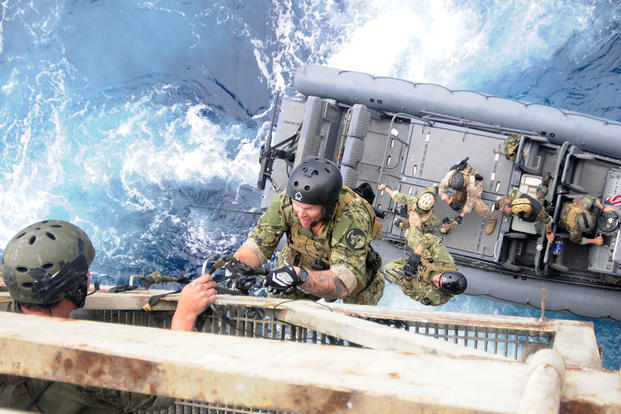
While this is lumping a few separate jobs together, troops such as Navy SEALs, Army green berets, Air Force combat controllers, and others conduct particularly risky missions. They train allied forces, hunt enemy leaders, and go on direct action missions against the worst of America’s adversaries. They get additional training and better equipment than other units, but the challenging nature of their mission results in a lot of casualties.
3. Explosive ordnance disposal
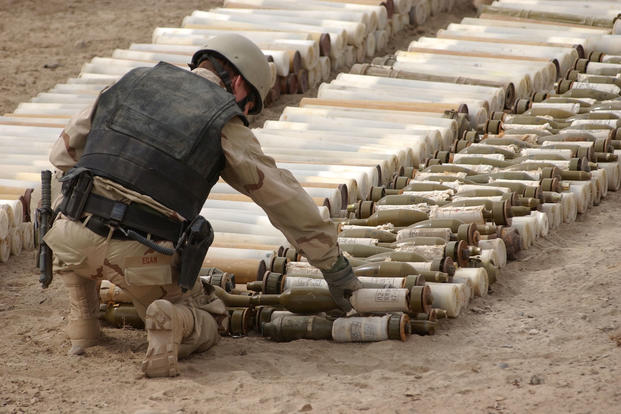
The bomb squad for the military, explosive ordnance disposal technicians used to spend the bulk of their time clearing minefields or dealing with dud munitions that didn’t go off. Those missions were dangerous enough, but the rise of improvised explosive devices changed all that and increased the risk for these service members.
4. Infantry
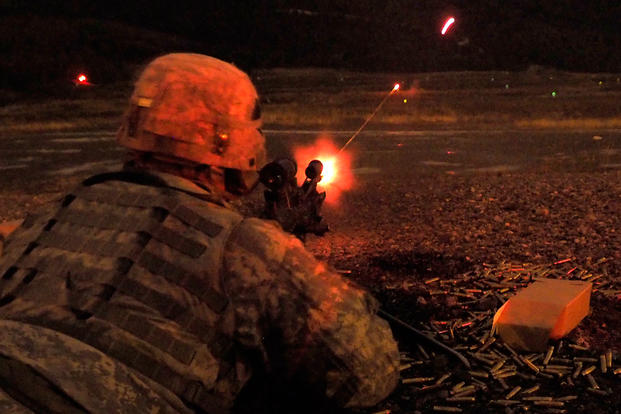
Not exactly shocking that infantry is one of the most dangerous jobs on the battlefield. These troops search out and destroy the enemy and respond to calls for help when other units stumble into danger. They are the primary force called on to take and hold territory from enemy forces.
5. Cavalry
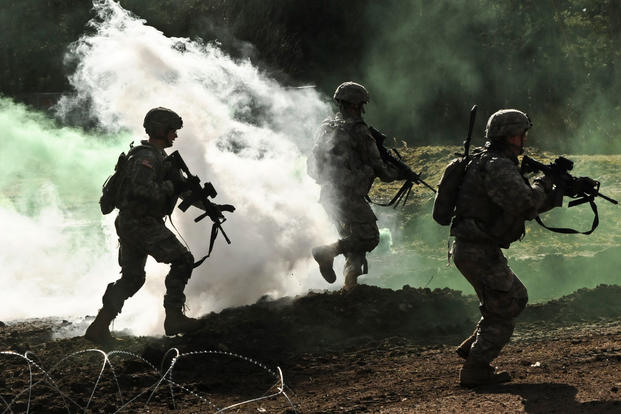
The cavalry conducts reconnaissance and security missions and, if there is a shortage of infantry soldiers, is often called to take and hold territory against enemy formations. Their recon mission sometimes results in them fighting while vastly outnumbered.
6. Artillery
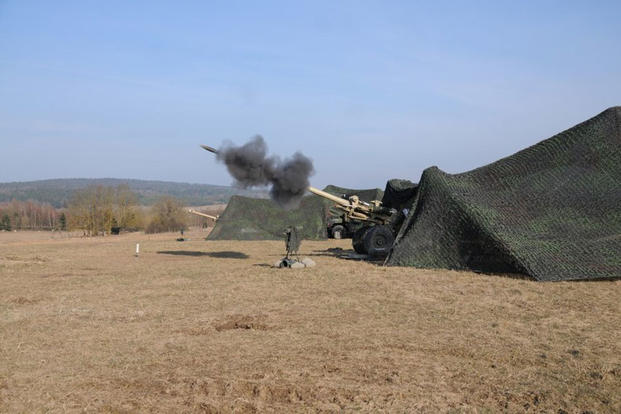
Artillery soldiers send massive rounds against enemy forces. Because artillery destroys enemy formations and demoralizes the survivors, it’s a target for enemy airstrikes and artillery barrages. Also, the artillery may be called on to assume infantry and cavalry missions that they’ve received little training on.
7. Medical
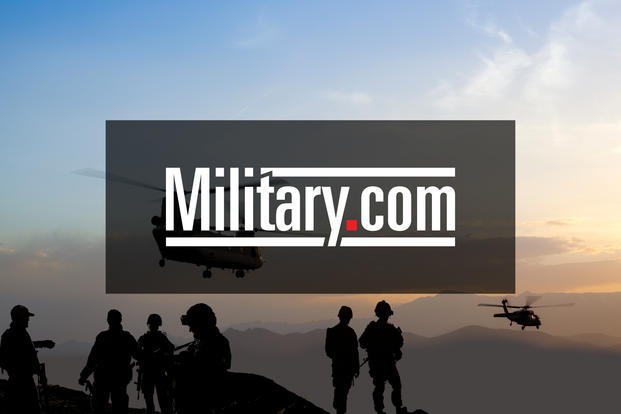
Medics go forward with friendly forces to render aid under fire. While medics are protected under the Geneva Convention, this only helps when the enemy honors the conventions. Even then, artillery barrages and bombing runs can’t tell which troops are noncombatants.
8. Vehicle transportation
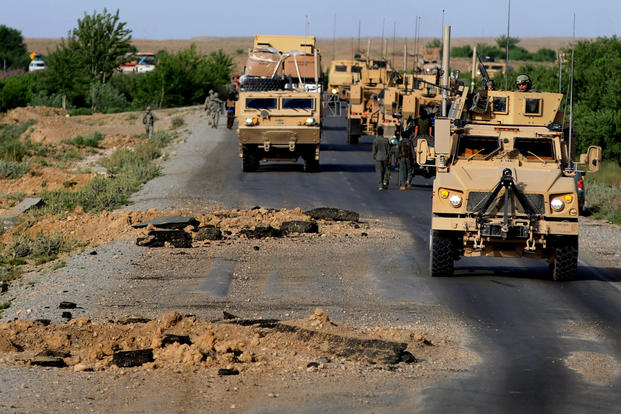
Truck driving is another job that became markedly more dangerous in the most recent wars. While driving vehicles in large supply convoys or moving forward with advancing troops was always risky, the rise of the IED threat multiplied the danger for these soldiers. This was complicated by how long it took the military to get up-armored vehicles to all units in Iraq and Afghanistan.
9. Aviation
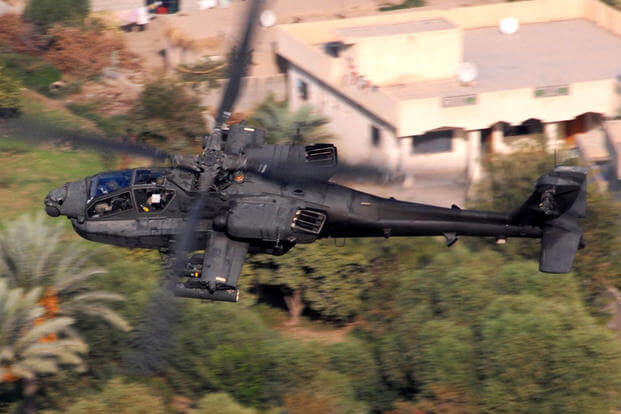
Aircraft provide a lot of capabilites on the battlefield, but that makes them, their crews, and their pilots targets of enemy fire.
10. Artillery observers

Like medics, these soldiers go forward with maneuver forces. They find enemy positions and call down artillery strikes to destroy them. The enemy knows to take them out as quickly as possible since they are usually carrying radios.
David Nye - Staff Writer at We Are The Mighty
David is a former Fort Bragg paratrooper who deployed with the 82nd Airborne Division’s 4th Brigade Combat Team.
MORE POSTS FROM WE ARE THE MIGHTY:
6 jobs in the military that require insane brainpower
This 85-year-old Special Forces legend has one of the most badass military resumes we’ve ever seen
The 9 greatest military-themed pop songs in modern history
We Are The Mighty (WATM) is dedicated to serving the military community with authentic entertainment and original content. With a team of military veterans and civilian military supporters, WATM features premium original and curated video programming of all genres as well as photography, stories, quizzes, lists and much more. For more, visit the We Are the Mighty site.



